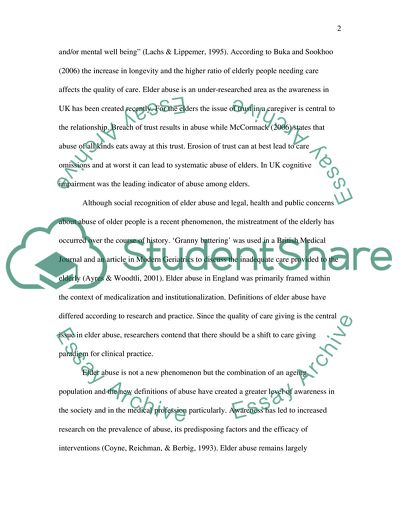Cite this document
(Abuse and Neglect of Elderly Persons Dissertation, n.d.)
Abuse and Neglect of Elderly Persons Dissertation. Retrieved from https://studentshare.org/social-science/1706095-elder-abuse
Abuse and Neglect of Elderly Persons Dissertation. Retrieved from https://studentshare.org/social-science/1706095-elder-abuse
(Abuse and Neglect of Elderly Persons Dissertation)
Abuse and Neglect of Elderly Persons Dissertation. https://studentshare.org/social-science/1706095-elder-abuse.
Abuse and Neglect of Elderly Persons Dissertation. https://studentshare.org/social-science/1706095-elder-abuse.
“Abuse and Neglect of Elderly Persons Dissertation”, n.d. https://studentshare.org/social-science/1706095-elder-abuse.


